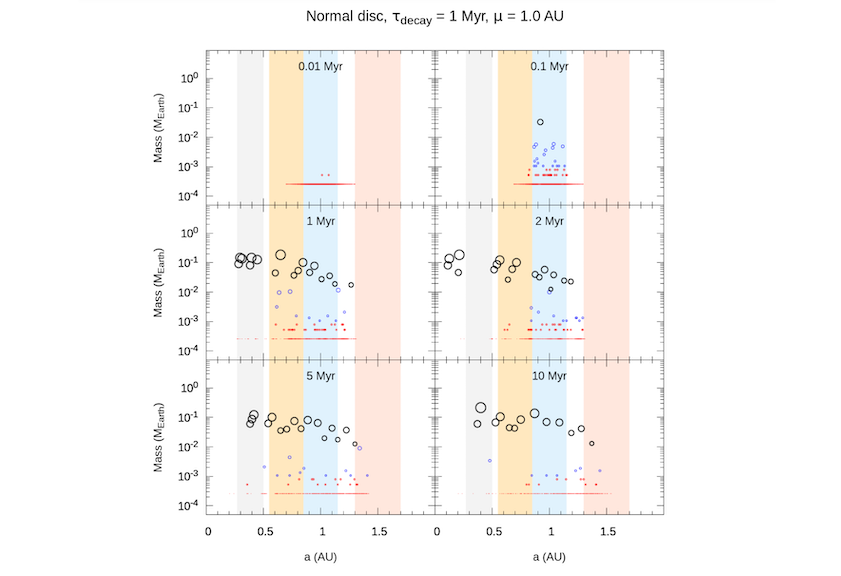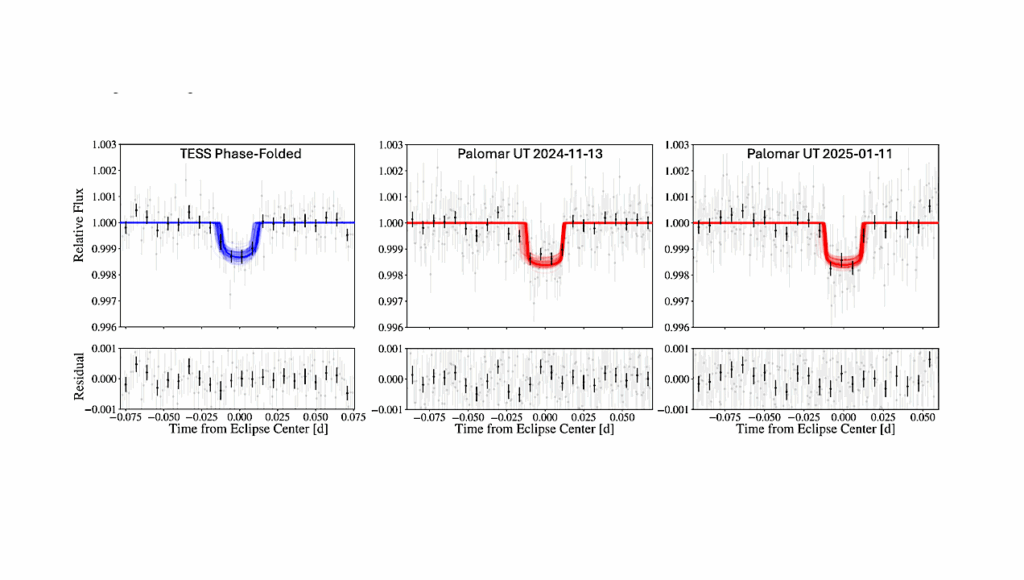Terrestrial Planet Formation From A Ring

It has been long proposed that, if all the terrestrial planets form within a tiny ring of solid material at around 1 AU, the concentrated mass-distance distribution of the current system can be reproduced.
Recent planetesimal formation models also support this idea. In this study, we revisit the ring model by performing a number of high-resolution N-body simulations for 10 Myr of a ring of self-interacting planetesimals, with various radial distributions of the gas disc. We found that even if all the planetesimals form at ~1 AU in a minimum mass solar nebula-like disc, the system tends to spread radially as accretion proceeds, resulting in a system of planetary embryos lacking mass-concentration at ~1 AU.
Modifying the surface density of the gas disc into a concave shape with a peak at ~1 AU helps to maintain mass concentrated at ~1 AU and solve the radial dispersion problem. We further propose that such a disc should be short lived (<= 1 Myr) and with a shallower radial gradient in the innermost region (< 1 AU) than previously proposed to prevent a too-rapid growth of Earth.
Future studies should extend to ~100 Myr the most promising simulations and address in a self-consistent manner the evolution of the asteroid belt and its role in the formation of the terrestrial planets.
J. M. Y. Woo, A. Morbidelli, S. L. Grimm, J. Stadel, R. Brasser
Comments: Accepted by Icarus
Subjects: Earth and Planetary Astrophysics (astro-ph.EP)
Cite as: arXiv:2302.14100 [astro-ph.EP] (or arXiv:2302.14100v1 [astro-ph.EP] for this version)
Submission history
From: Jason Man Yin Woo
[v1] Mon, 27 Feb 2023 19:21:16 UTC (1,376 KB)
https://arxiv.org/abs/2302.14100
Astrobiology








